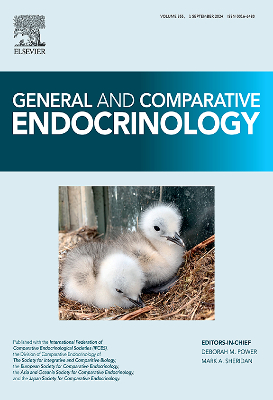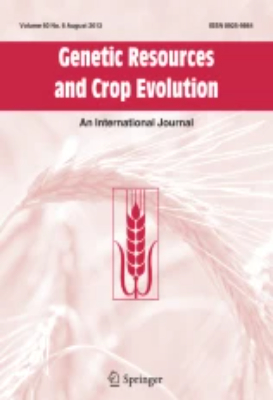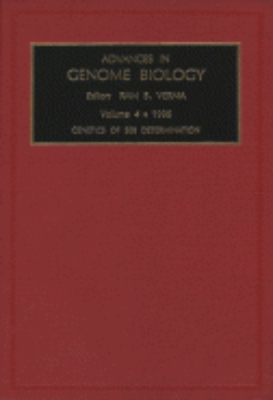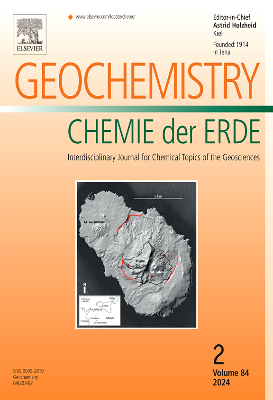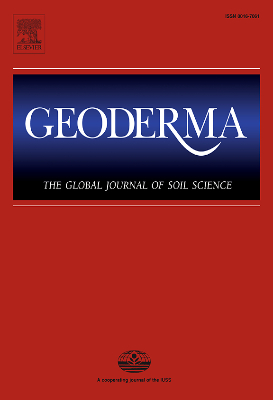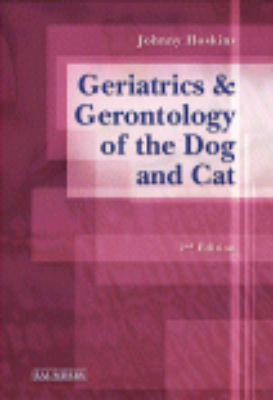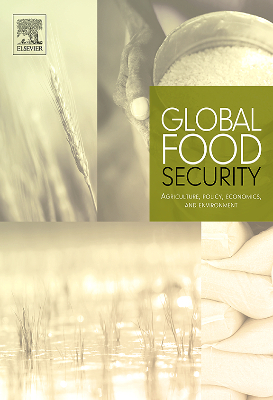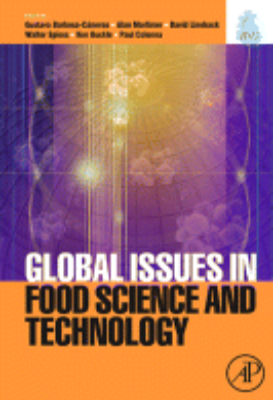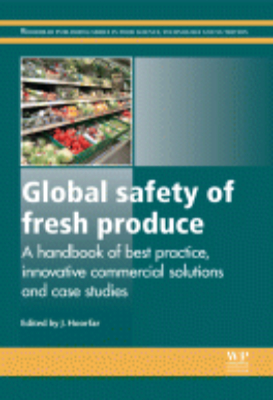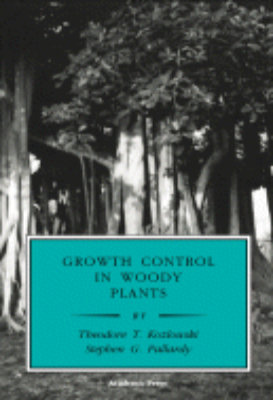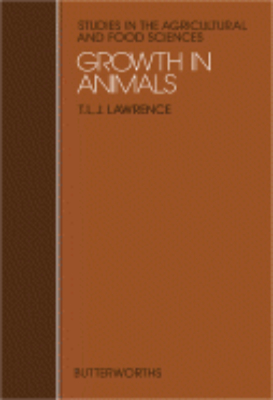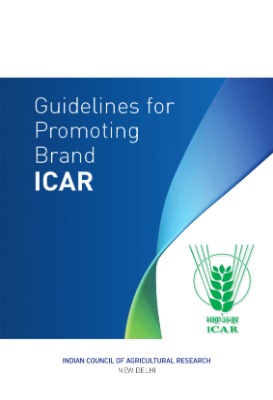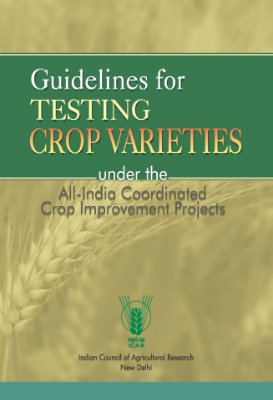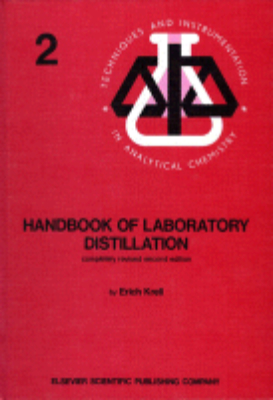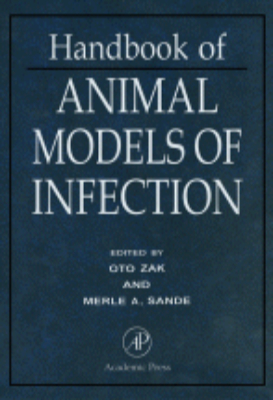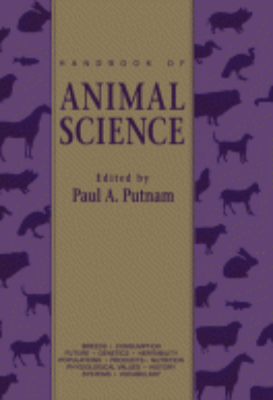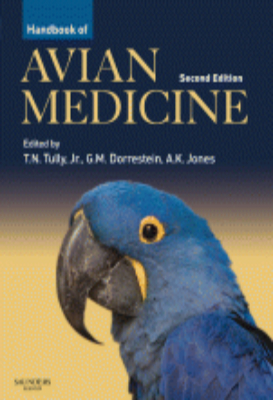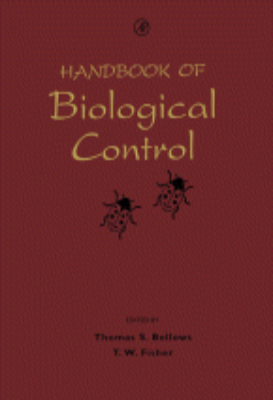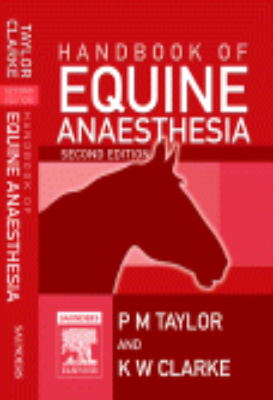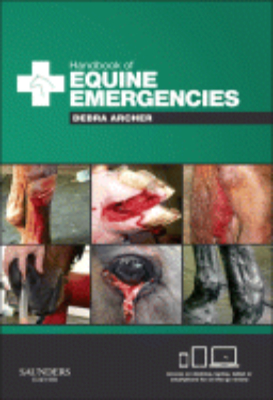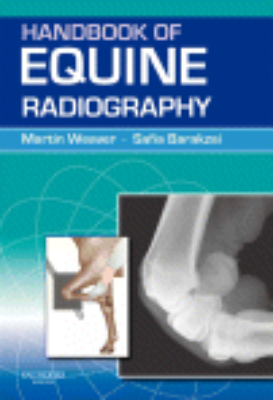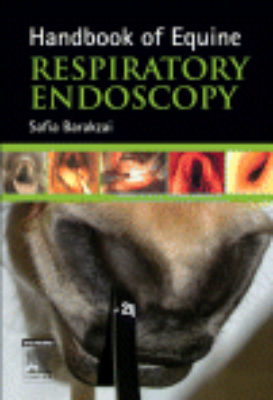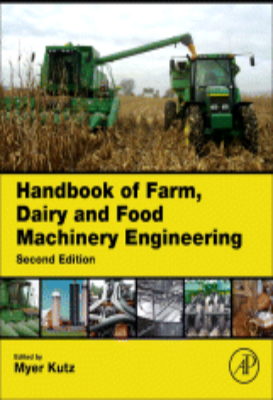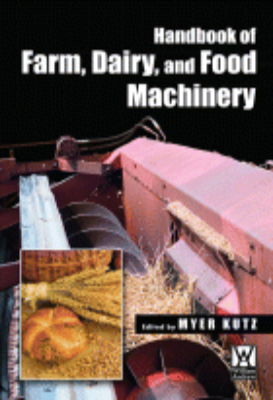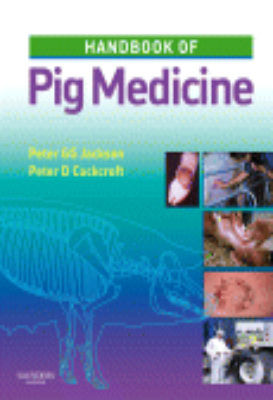Agricultural Science
Geriatrics & Gerontology of the Dog and Cat
This groundbreaking reference is the first and only comprehensive book to address the needs of older dogs and cats, providing the veterinary clinician, veterinary student, and animal health technician with health-related information that is clinically relevant and quickly retrievable in a simple format. It offers a complete and practical review of the causes, incidence, clinical features, diagnosis, and management of both common and uncommon problems associated with the aging process and acquired illness. Each chapter offers tips on the physical examination of that body system and provides quick-reference tables for guidance on diagnosis and treatment. Because of the increased health problems in aging dogs and cats and the ardent attachment of the pet owner, veterinarians need to know more about aging so they may delay or minimize the progressive deterioration of aging and improve the quality of life for geriatric dogs and cats.
Global Issues in Food Science and Technology
A selected compilation of writings by IUFoST organization supporters, Global Themes in Food Science and Technology were those identified as representing the most important and relevant subjects facing food scientists and technologists today. Chosen by an international editorial board, these subjects offer insights into current research and developments and were selected to stimulate additional interest and work in these key areas. The International Union of Food Science and Technology (IUFoST) is a country-membership organization is the sole global food science and technology organization. It is a voluntary, non-profit association of national food science organizations linking the world's best food scientists and technologists. The goals of their work include the international exchange of scientific and technical information, support of international food science and technology progress, the stimulation of appropriate education and training in these areas, and the fostering of professionalism and professional organization within the food science and technology community.
Global Safety Of Fresh Produce
"Continuing food poisoning outbreaks around the globe have put fresh produce safety at the forefront of food research. Global Safety of Fresh Produce provides a detailed and comprehensive overview of best practice for produce safety throughout the food chain, and unique coverage of commercial technologies for fresh produce safety. Part one covers the production and regulation of fresh produce on the agricultural level, including issues of niche farm fresh products, FDA regulation, and zoonotic transfer of pathogens from animals to farm products. Part two moves on to look at safety and environmental issues surrounding fresh produce processing, such as postharvest washing, alternative sanitizers, and using produce waste as animal feed. Part three focuses on current and emerging commercial solutions for fresh produce safety, like ionizing radiation and edible coatings, and part four covers methods of laboratory testing and related legislation. The final section of the book covers a series of case studies of fresh produce safety breaches, including European E. coli outbreaks in sprouts and leafy greens, and the illegal use of fluorescent whitening agents (FWAs) in China. This book is an essential text for R&D managers in the fresh produce industry, quality control professionals working with fresh produce throughout the food chain, postgraduate students, and academic researchers with an interest in fresh produce safety. Key Features. Provides a comprehensive overview of best practice for produce safety. Examines the production and regulation of fresh agricultural produce. Looks at safety and environmental issues surrounding fresh produce processing"
Growth Control in Woody Plants
The processes and mechanisms that control the growth of woody plants are of crucial importance for both economic and biological reasons. The comprehensive coverage of Growth Control in Woody Plants includes discussion of the growth controlling factors in both reproductive structures (flowers, fruit, seeds, pollen, etc.) and vegetative organs (stems, branches, leaves, and roots). Other major topics covered include seed germination, seedling growth, physiological and environmental regulation of growth, cultural practices, and biotechnology. This comprehensive treatment of the many factors that control the growth of woody plants can serve both as a valuable text and as a frequently used reference. Key Features * Includes comprehensive representation of a broad subject* Provides thorough bibliographic coverage * Well illustrated* Serves as a vital companion to Physiology of Woody Plants, Second Edition
Growth in Animals
Studies in the Agricultural and Food Sciences: Growth in Animals discusses the more advanced concepts of growth, its changes and effects on different animals and systems, and its implications for agriculture. Based on a symposium of the same name, the book defines growth and its effects on the whole body; the biochemical and genetic determinants that affect it; and the effect of thermal environment on growth and its relation with immunity. Growth of bones, muscle nucleic acid and protein, and adipose tissue are also explained. The text also encompasses the relation of growth and gut microflora; the effects of growth-promoting agents in ruminant animals and single-stomach animals; and growth and breeding performance in animals. The growth in mammals and birds for meat production and its effects on the meat quality of animals are also covered in this book. This monograph is recommended for those who would want to start or are currently running animal and poultry farms, as well as for scientists who wish to study the phenomenon of growth for the betterment of agriculture.
Handbook of Animal Models of Infection
"Handbook of Animal Models of Infection is a complete revision of a three-volume text that was published in 1986. It incorporates the major advances in the field during the past decade, in particular those concerning molecular biological procedures and new models that have been developed. It focuses on both methods and techniques, which makes it an essential and comprehensive reference as well as a benchtop manual. The Handbook will help investigators save time and effort in formulating an approach to test a new potential therapeutic agent or combination of agents for in vivo efficacy and to position the therapy for specific infections where it may have therapeutic promise. The book is divided into five sections; the first covering the general methodologies, followed by sections describing experimental bacterial, mycotic, parasitic, and viral infections. Key Features. Discusses ethical and safety aspects in an introductory background section. Covers principles of animal care and current techniques appropriate for the use of animal models of infection. Details a wide range of animals including rodents, rabbits, cats, and primates. Provides hands-on descriptions of how to set up the model. Discusses the major advantages and limitations of each model. Ensures full coverage of bacterial, fungal, viral, and parasitic infections"
Handbook of Animal Science
This comprehensive handbook provides information on history, breeds and genetics, statistics, animal health, production, product utilization, and future projections. The focus is on large, domestic animals, but small animals are also covered. References are provided which will lead the reader to specialized subject areas. Each broad cross-section is written by respected authorities in the field. This is a handy and convenient animal reference source for teachers, graduate students, and researchers in the fields of animal science, agricultural science, and food science and technology.
Handbook of Avian Medicine
This reference gives the small animal practitioner a complete information source for the basics of avian medicine and surgery. It pulls together the international expertise of the avian veterinary community by incorporating the knowledge of authors world-wide. The first six chapters cover the basic medical information needed to run a primary care avian practice. The focus here is on introductory level material and the average companion animal practice. If you see between one and five birds a week, this text is for you. The later chapters are species-specific and help the veterinarian in evaluating, treating, and/or referring various bird species. The new edition builds on the success of the first edition and includes full colour illustrations throughout.
Handbook of Biological Control
For many years the use of chemical agents such as pesticides and herbicides has been effective in controlling the many varieties of pests that infest both agricultural crops and backyard gardens. However, these pests are gradually becoming resistant to these agents, because the agents themselves are acting as selective factors making the pests better and better able to resist and persist. As a result, the use of biological controlling agents is increasing. This book is a comprehensive and authoritative handbook of biological control.
Handbook of Equine Anaesthesia
The Handbook of Equine Anaesthesia continues to offer sound practical guidance on all aspects of sedation and anaesthesia in horses. It covers anaesthesia in a logical way from pre-anaesthetic preparation through to induction, maintenance, monitoring and recovery; as well as highlighting any problems and special situations. This second edition now devotes a new chapter to analgesia.As an easy reference book, it is designed for everyday use by the equine practitioner; from those who anaesthetise many horses daily under theatre conditions, to those who anaesthetise just a few a year. Moreover, Handbook of Equine Anaesthesia is useful for veterinary students, giving them a complete overview of equine anaesthesia.
Handbook of Equine Emergencies
The Handbook of Equine Emergencies is a concise, easy-to-follow practical guide to how to deal with a range of equine emergencies likely to be encountered by clinicians both in the UK and abroad. It is primarily aimed at new graduates and veterinarians who do not deal with equine emergencies on a regular basis, but will also appeal to more experienced equine practitioners who want a quick update on a specific subject area or practical technique. The Handbook is highly portable and contains a large number of colour images, diagrams and tables as well as handy tips and key points to remember. An overview of the basics of dealing with equine emergencies is followed by a convenient organ-based approach. The book includes invaluable information on infectious diseases and specialized emergency situations such as trapped horses or stable fires, and a how-to section gives concise but detailed descriptions of how to perform a number of diagnostic investigations. The Handbook is accompanied by a mobile-optimized website that presents audio, video and text files for quick reprisal via phone or tablet while on-the-go. The website also includes additional colour images that are relevant to specific emergency situations covered in the book.
Handbook of Equine Radiography
The Handbook of Equine Radiography is a practical and accessible "how-to" guide to obtaining high-quality radiographs of the horse. It covers all aspects of taking radiographs of the commonly examined regions (lower limbs and skull) as well as less frequently examined areas (upper limbs, trunk). The main part of the book consists of diagrams to illustrate the positioning of the horse and the radiography equipment. For each view a high-quality digital example of a normal radiograph is illustrated. The accompanying text for each radiographic view succinctly presents the most relevant aspects. Practically orientated, and including chapters covering such key areas as radiation safety in equine radiography and patient preparation, the Handbook of Equine Radiography is an indispensable guide to practitioners in all countries engaged in equine work.
Handbook of Equine Respiratory Endoscopy
Handbook of Equine Respiratory Endoscopy is a highly illustrated guide that provides quick, readily available answers for veterinary practitioners. It offers assitance in diagnosing respiratory disorders in the field with ease, plus full color endoscopy images illustrate normal anatomy, variations of normal anatomy, and disorders of the respiratory tract. Written by a leading equine respiratory clinician and researcher, this handbook is user-friendly and includes comprehensive, in-depth information at the same time. The book also discusses anatomy, tips for endoscopic evaluation, and the etiology, diagnosis, treatment, and prognosis for disorders of the respiratory tract.
Handbook of Farm, Dairy and Food Machinery Engineering
Handbook of Farm, Dairy and Food Machinery Engineering is the essential reference for engineers who need to understand those aspects of the food industry from farm machinery to food storage facilities to the machinery that processes and packages our foods. The process of getting food from "farm to fork," as the saying goes, involves more than planting, harvesting, shipping, processing, packaging and distributingthough those are all key components. Effective and efficient food delivery systems are built around processes that maximize the effort while minimizing cost, time, and resource depletion. This comprehensive reference is for engineers who design and build machinery and processing equipment, shipping containers, and packaging and storage equipment. It includes cutting-edge coverage of microwave vacuum application in grain processing, cacao processing, fruit and vegetable processing, ohmic heating of meat, facility design, closures for glass containers, double seaming, and much more.
Handbook of Farm, Dairy, and Food Machinery
Indispensable for food, chemical, mechanical, and packaging engineers, Handbook of Farm, Dairy, and Food Machinery covers in one comprehensive volume fundamental food engineering principles in the design of food industry machinery. The handbook provides broad, yet technically detailed coverage of food safety, regulations, product processing systems, packaging, facilities, waste management, and machinery design topics in a farm to the fork organization. The 22 chapters are contributed by leading experts worldwide with numerous illustrations, tables, and references. The book includes the new USDA regulations for certified organic processing, as well as state-of-the-art technologies for equipment both on the farm and in the plant.
Handbook of Pig Medicine
Handbook of Pig Medicine provides the knowledge needed to recognize, diagnose, treat and control pig diseases in practice. The book deals with medical, surgical and reproductive problems in pigs, and includes high quality illustrations which complement written descriptions of clinical signs. Clinical examination of the individual pig and the investigation of herd problems are covered in detail, along with a study on pig population medicine. Each body system is considered with special attention to clinical signs, diagnosis and treatment. Additionally, chapters in the book discuss obstetrics, pig haematology and biochemistry as well as differential diagnosis. Other topics discussed, include organic and outdoor pigs; problems of the pet pig, sampling, euthanasia and post-mortem examination.This practical book is of interest to veterinary students and practitioners and gives them the confidence to carry out an effective clinical examination and gain the comprehensive and required knowledge of pig diseases.



